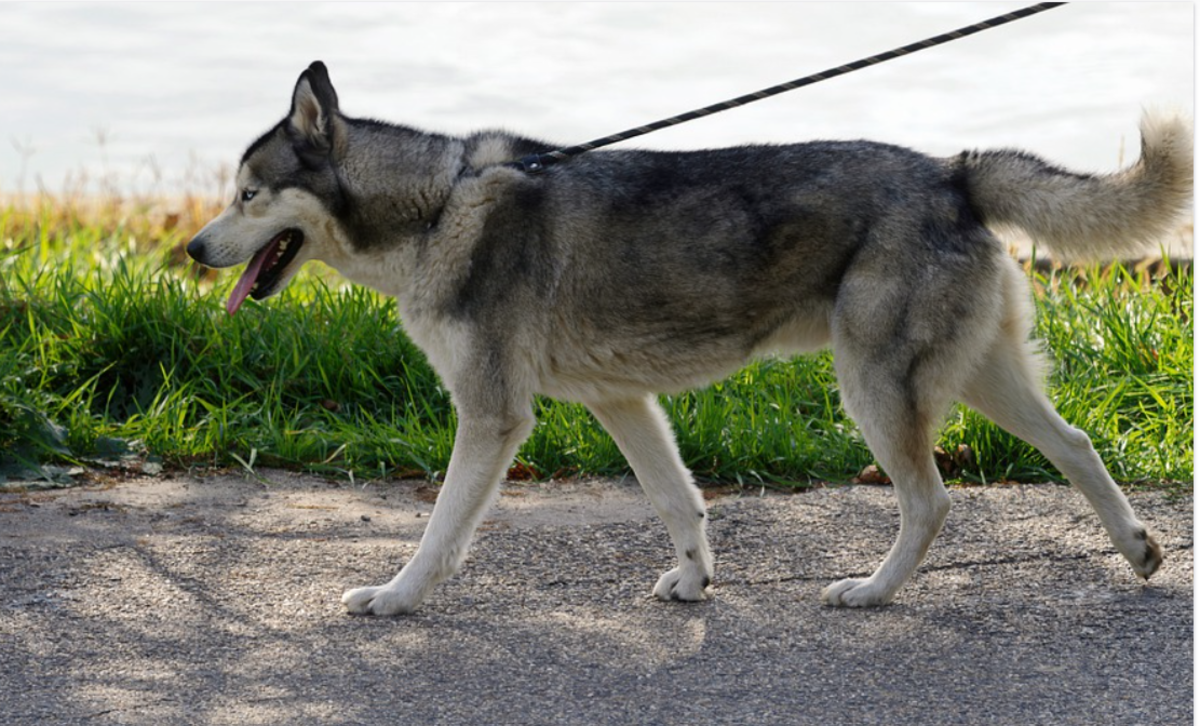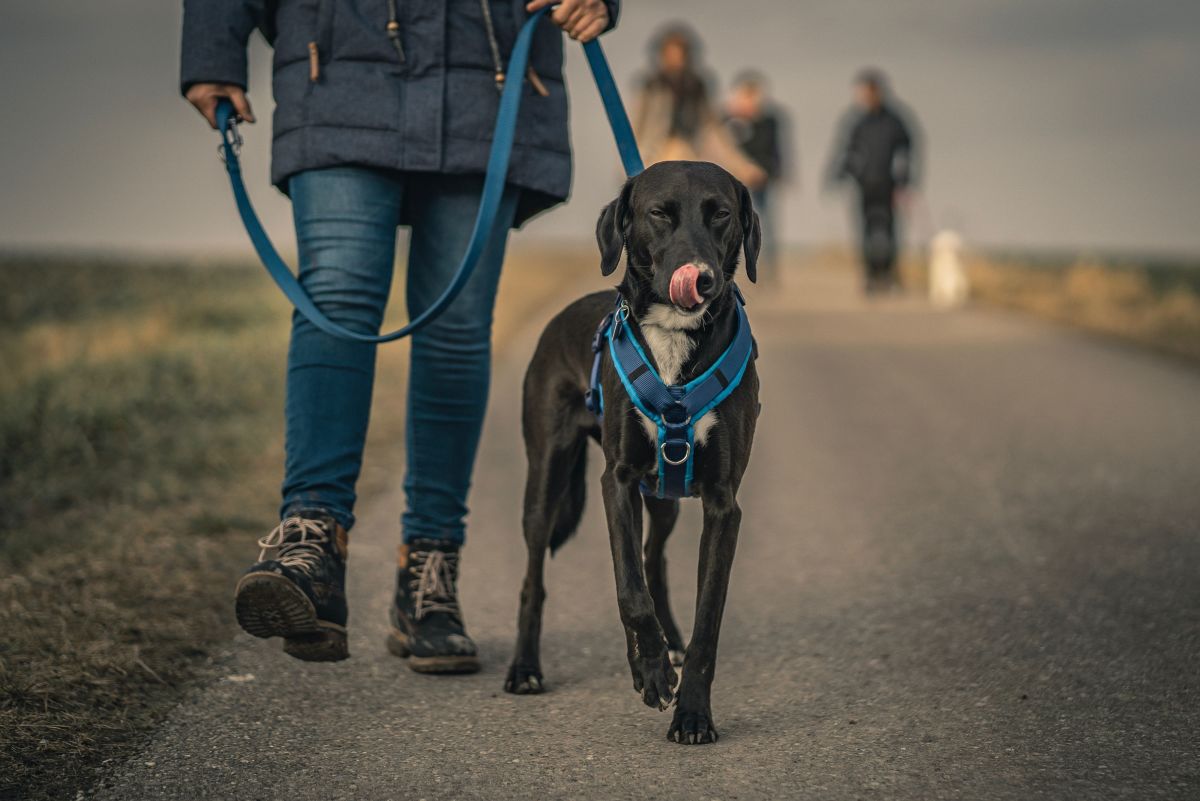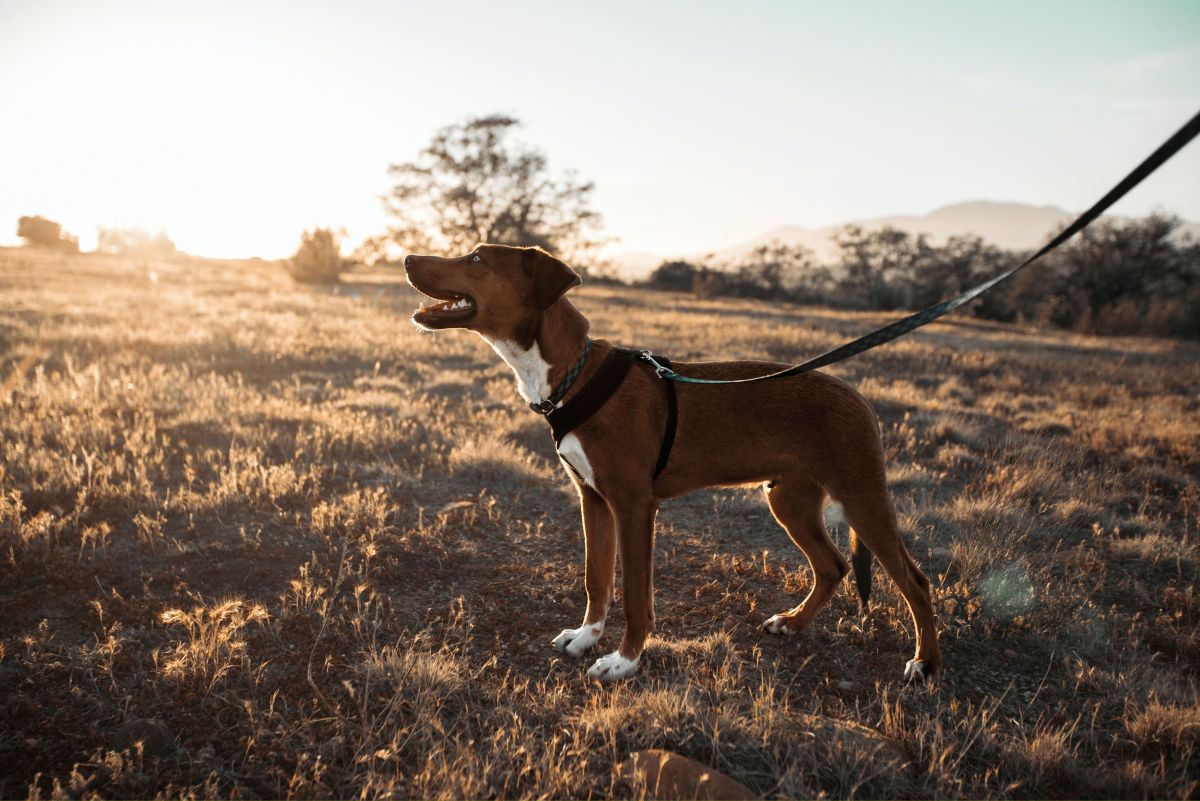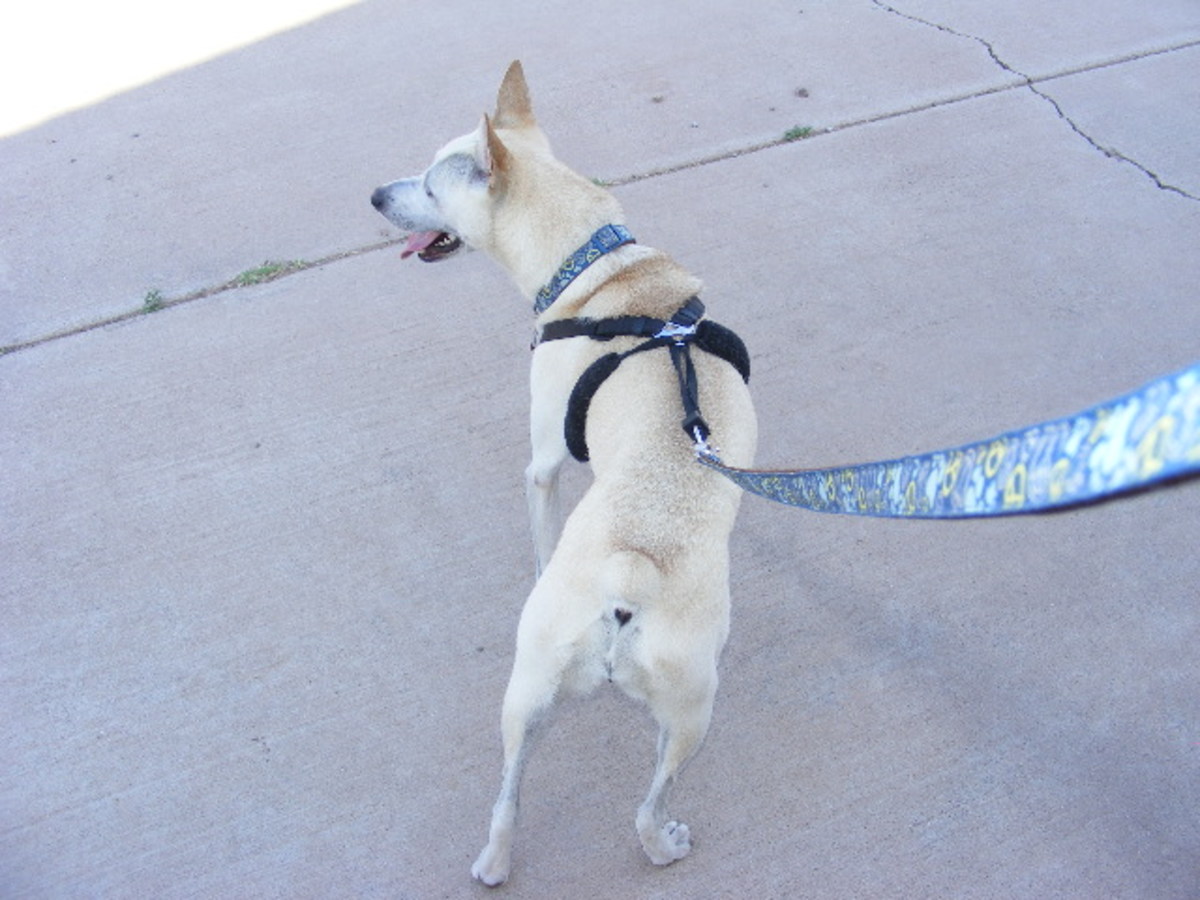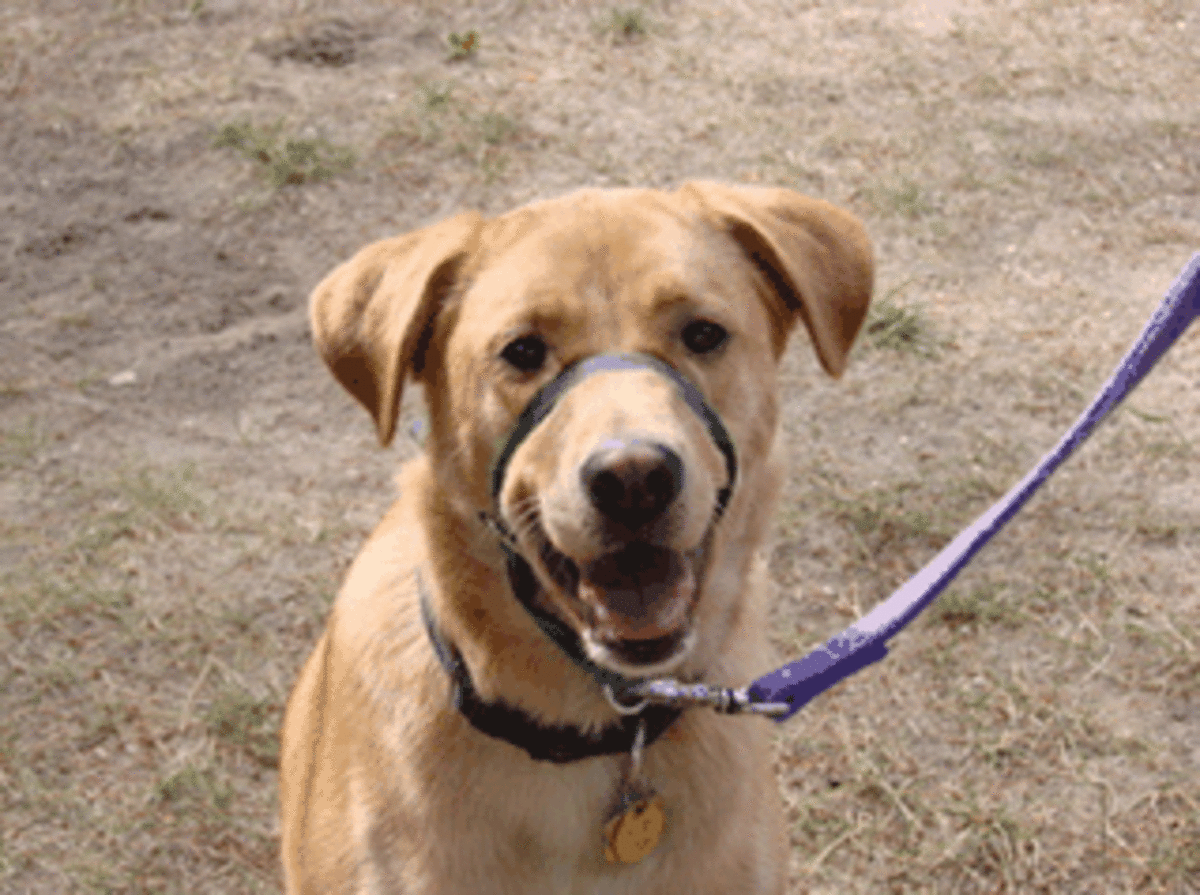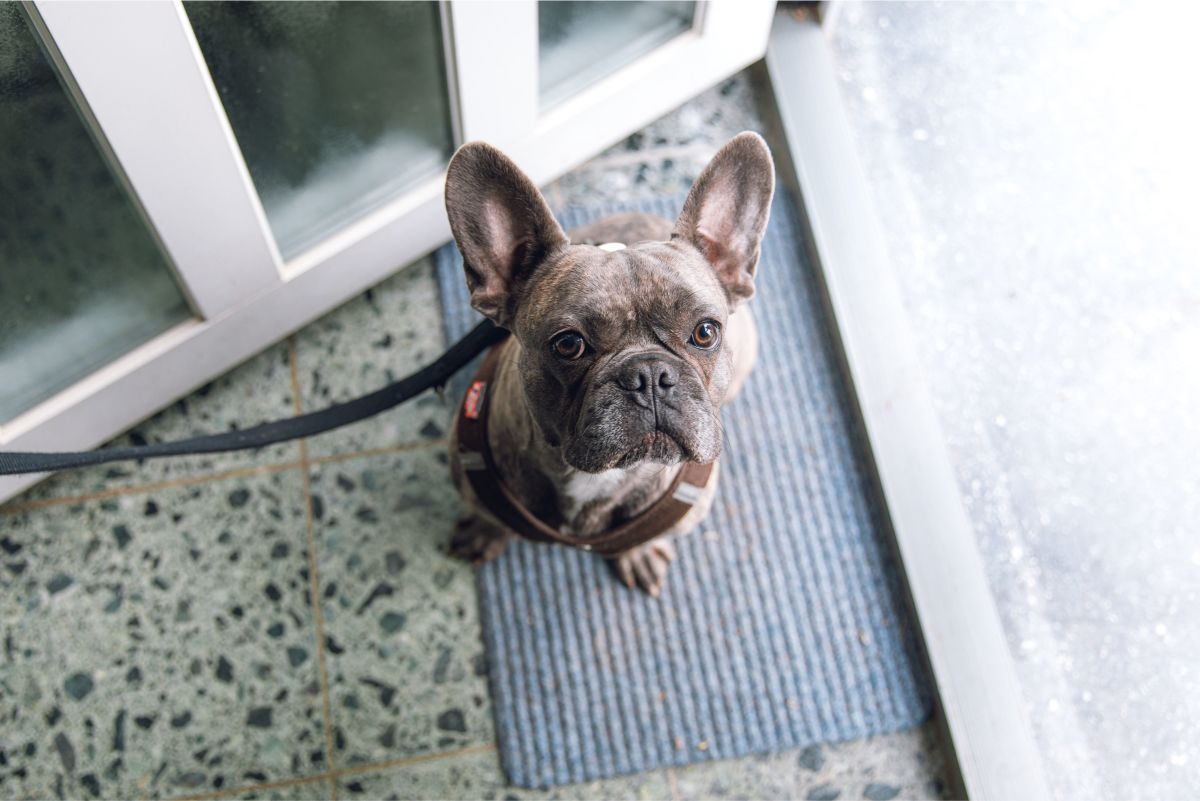- HubPages»
- Pets and Animals»
- Dogs & Dog Breeds»
- Dog Training
How to Stop Your Dog Pulling on the Lead or Leash
PREVENTION
For young dogs I would always recommend trying a front fastening harness first. If you get it right initially with a front fastening harness, then you might have no need for other options (see DIFFERENT LEAD TYPES).
However, every dog and handler combination is different ... you just need to work out what works best for you and your dog.
You can use a food reward whenever the lead is relaxed to reinforce behaviour. Give the "heel" command followed by a food reward when your dog is walking next to you and focused on the food. Use lots of small treats and feed them to your dog at a high frequency to keep your dog walking at heel on a relaxed lead.
For non-food orientated dogs you might need to disagree with strong pulling by using your disagreeing noise (for example a "ssshh" noise) timed to coincide with a gentle tug on the lead.
Another tactic can be anytime your dog pulls on the lead, you respond by initiating an abrupt change of direction. This will have a similar effect of a short tug, as your dog has to follow you when you execute a fast 90 degree turn.
It’s important to get it right with young dogs, especially with the larger breeds … to prevent pulling on the lead becoming an entrenched habit. As your dog matures they will become harder to handle on the lead if the foundations aren’t laid correctly.
DIFFERENT TYPES OF LEADS
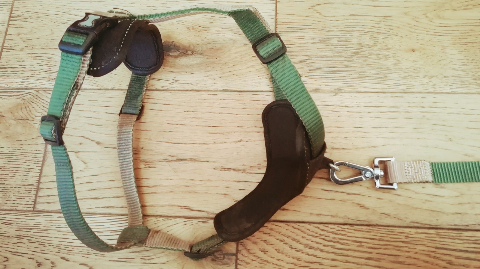
FRONT FASTENING HARNESS
A great option for smaller dogs with delicate necks, and for any size dog who is non-reactive. I would always choose a front fastening harness over a back fastening one, as the latter is designed for pulling. A great first option.
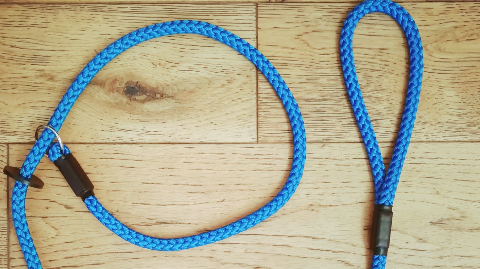
SLIP LEAD
Good for medium or larger dogs who won’t tolerate a halti. Placed higher rather than lower down your dog's neck – having the lead in this position (above the collar) gives you more control.
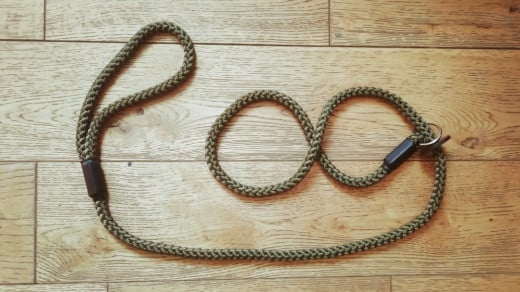
FIGURE OF EIGHT LEAD/HALTI
Not all dogs will tolerate a halti, but they can be worth a try, especially if you are having trouble controlling a larger dog. Haltis can be introduced slowly in the home for very short periods and associated with food rewards. It's best to take your time, feel confident and practise around the house. I use a normal slip lead and create a figure of 8 with it on my border collie, but my husband (who is over 6ft and plays rugby) feels confident using a normal slip lead.
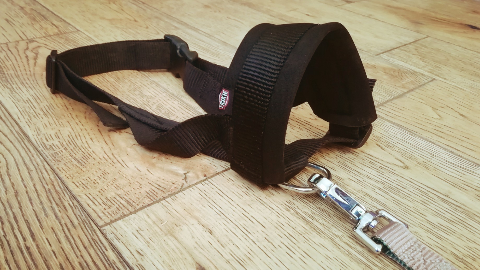
TRIXIE MUZZLE LOOP
A headcollar with a muzzle component. Good for powerful breeds of dogs who are reactive ... it might be worth sewing the muzzle together in a position which allows your dog to pant, but not to bite.
NOTE - These muzzles are not as effective as traditional muzzles - they still allow nipping, but not full on biting. However, they don't look as intimidating as traditional muzzles. They also help reduce pulling on the lead, and being made of soft neoprene may be more comfortable for your dog to wear than a halti. If you are relaxed and confident your dog can't do any harm ... your dog will read your energy, and be more relaxed and calm in return.
CURE
You are struggling to walk your dog without excessive pulling on the lead, and have missed out the basic training. It’s still worth persevering with training methods (frequent small food rewards for walking at heel), but if you are 'out-weighed' and 'out-pulled' by your dog then it’s time to also try other lead options and techniques.
To prevent pulling you need to keep your dog next to you on a shorter lead. A dog walking on a shorter lead hasn’t got the same leverage as a dog walking/pulling in front of you. Long leads may have their place once you have reached your destination if you wish to exercise your dog.
NOTE - Long leads should never be used with collars to prevent injury to your dog's neck.
With a back fastening harness it is nigh on impossible to walk your dog next to you without extensive training. The position of the fastening on your dog's back places your dog in front of you. Back fastening harnesses are great for comfort, but are also great for encouraging pulling!
To give your dog a chance to walk in a relaxed position next to you I would try a front fastening harness. You can direct your dog from the front, not be pulled by your dog from behind. Keep your dog on a short lead and experiment.
Try giving a verbal disagreement when your dog pulls excessively for example "shhh" or a growly "heel" combined with a gentle tug on the lead.
EXERCISE FOR HEEL WORK
Walk with the lead behind your legs, held with two hands behind your lower back or upper thighs.
This training exercise can help with initially placing your dog by your side. It can also be useful for people with less upper body strength to use their body weight to counterbalance against walking a larger dog ... especially if that dog is unsuited to a headcollar style of lead or halti. Walking like this will prevent you from being pulled over by your dog.
You need to be confident and walk at a fast pace to show your dog you are leading the way. Walking at a fast pace will also help larger dogs who naturally walk quickly.
If you are going down the figure of eight or halti route, start by putting the new lead on for a matter of seconds give your dog a treat and take it off again. Slowly build up the amount of time your dog has the new lead on until they are used to it.
Not all dogs will take to a halti or indeed are anatomically suited to a halti, but I have had clients whose dogs haven’t liked haltis in the past … and by the end of the session they are walking well with them. With patience they can suit many dogs, and give owners more confidence.
If your dog does ever display any discomfort and attempts to paw the halti off – stop immediately, loosen the lead and then use an enthusiastic voice to encourage your dog to move forwards. Never pull on a halti style lead as this will only tighten them, and cause more discomfort.
Large dogs who pull excessively, but won't tolerate a halti might prefer a Trixie Muzzle Loop or any similar branded product where the loop is made out of soft neoprene. They are headcollars which can be more comfortable for some dogs than a halti, but like haltis they may not suit all dogs. They are intended for inhibiting biting, but are also great for reducing pulling.
I have made the following video to demonstrate the techniques outlined in this article.
Please feel free to contact me (via this article or on Facebook - Yorkshire Dog Whisperer) if you have any dog behavioural questions.
Many thanks,
Nicky
YORKSHIRE DOG WHISPERER TRAINING VIDEO - HOW TO STOP YOUR DOG PULLING ON THE LEAD
© 2020 Nicky Nakalevu

